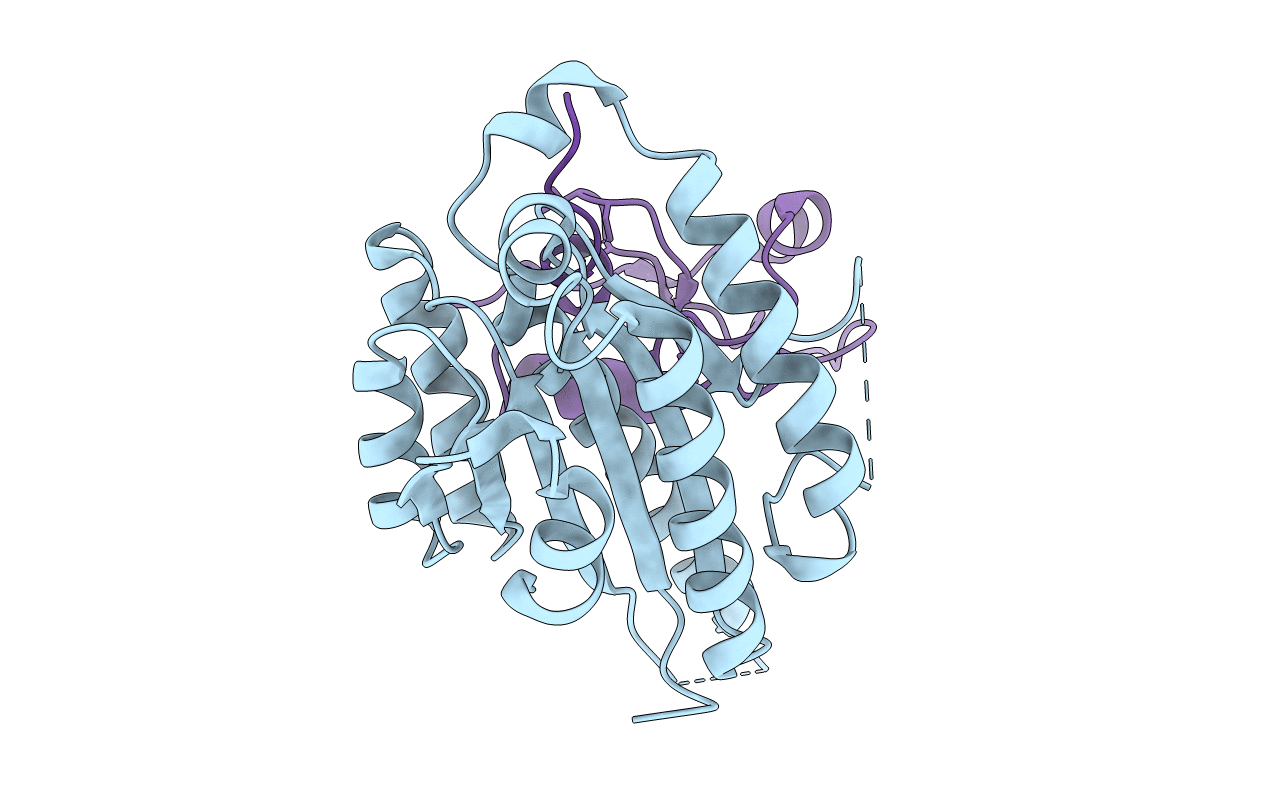
Deposition Date
2017-05-02
Release Date
2017-10-18
Last Version Date
2024-05-08
Entry Detail
PDB ID:
5NUS
Keywords:
Title:
Structure of a minimal complex between p44 and p34 from Chaetomium thermophilum
Biological Source:
Source Organism:
Host Organism:
Method Details:
Experimental Method:
Resolution:
2.20 Å
R-Value Free:
0.22
R-Value Work:
0.20
R-Value Observed:
0.21
Space Group:
P 63 2 2


